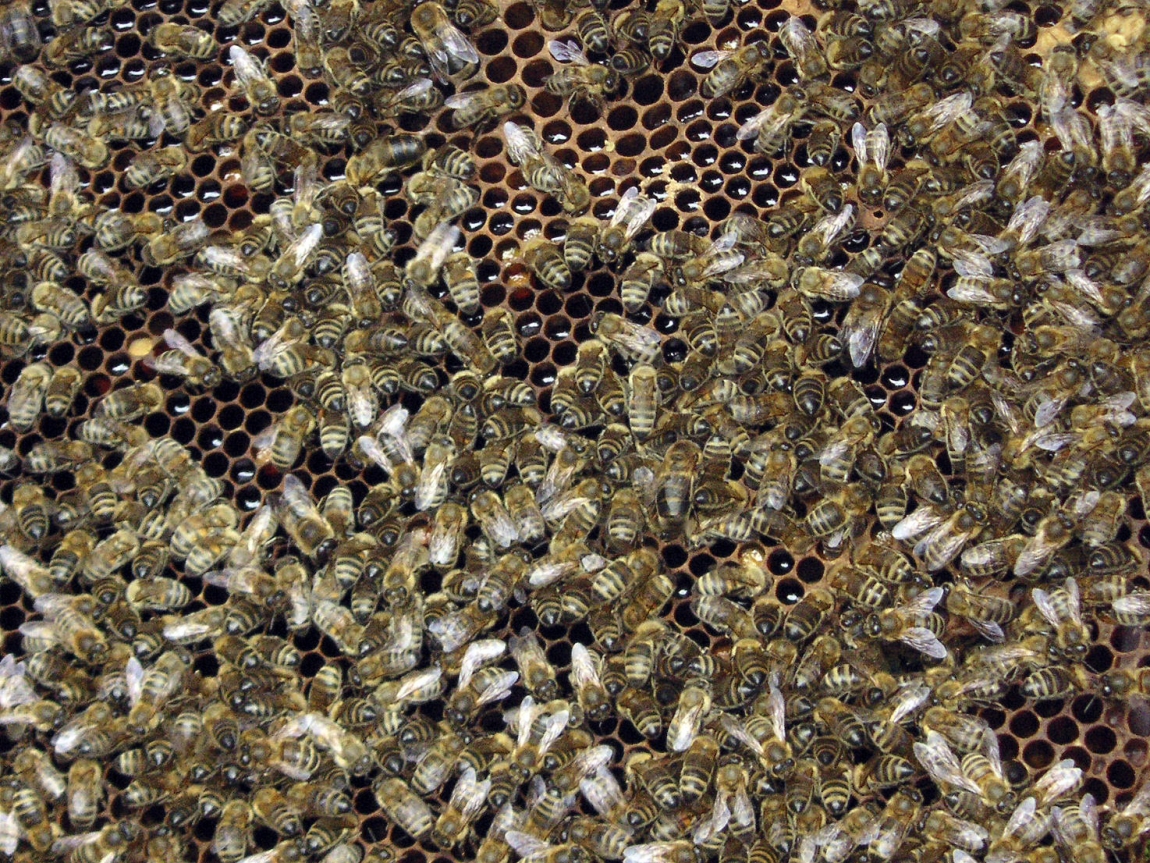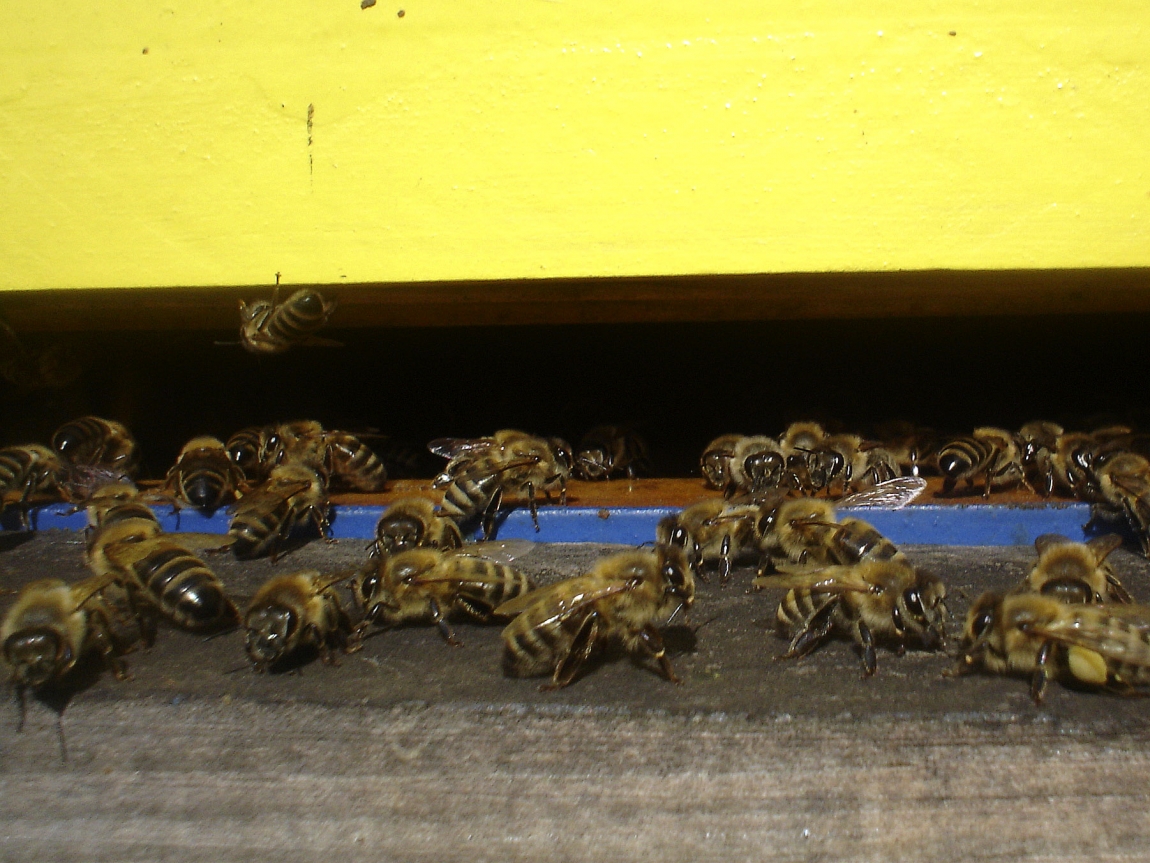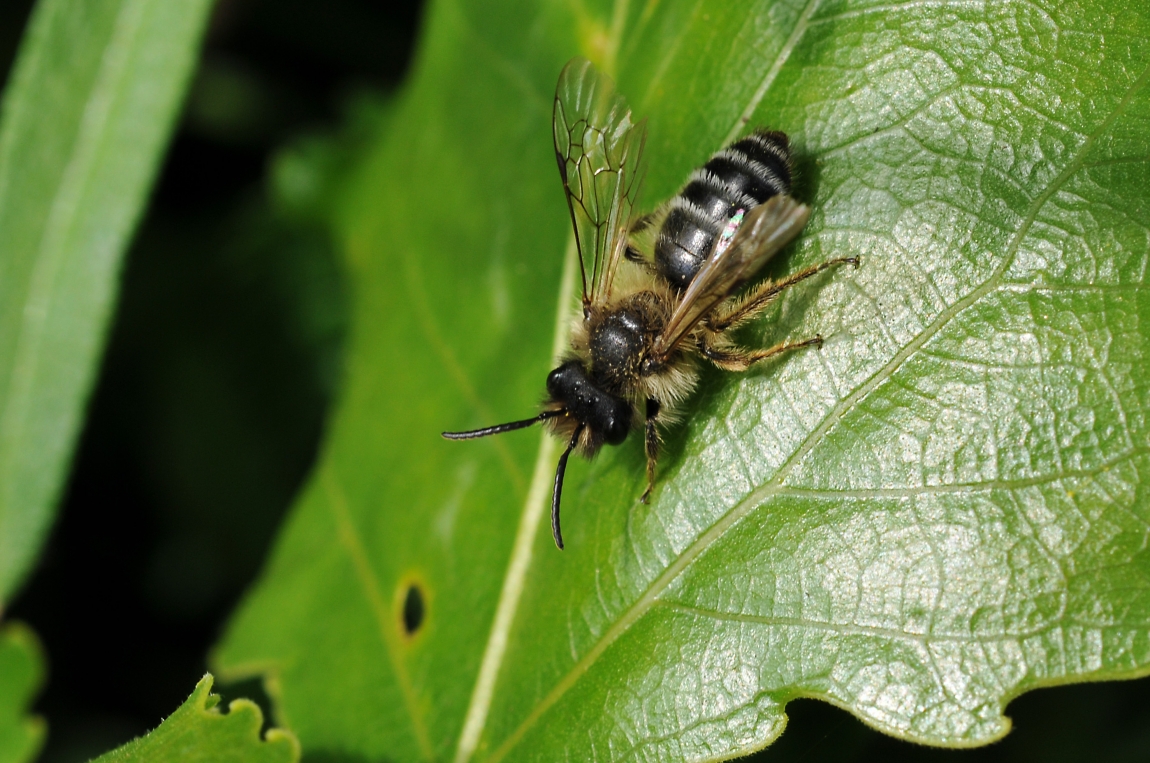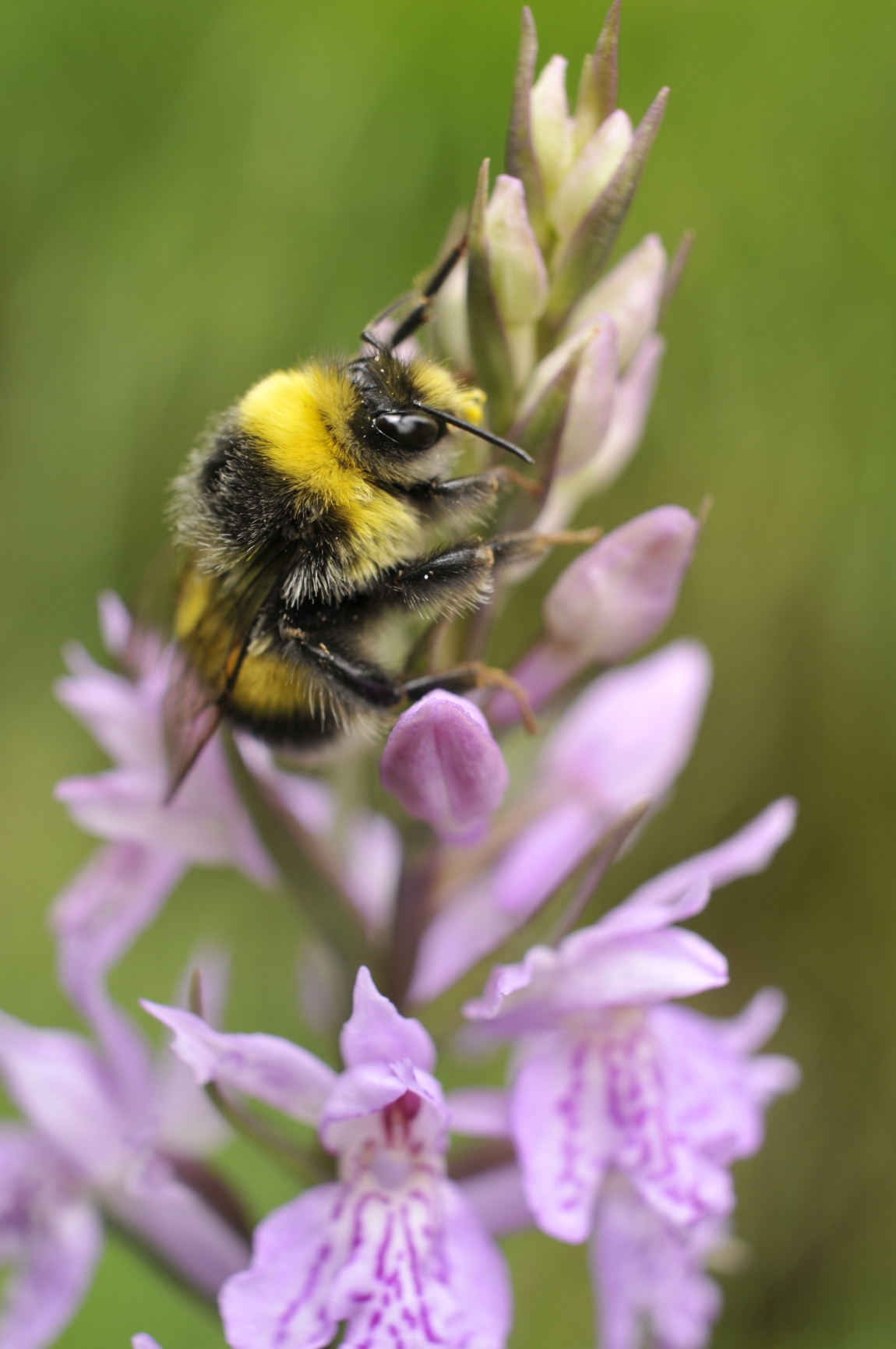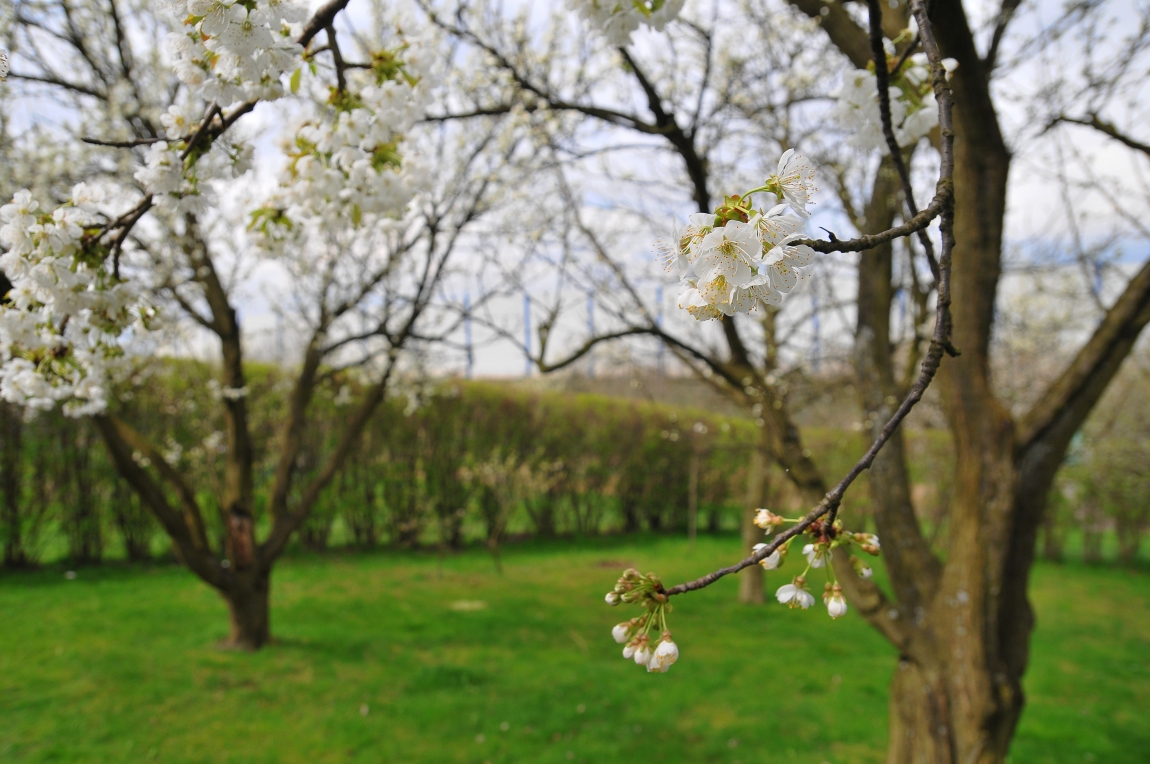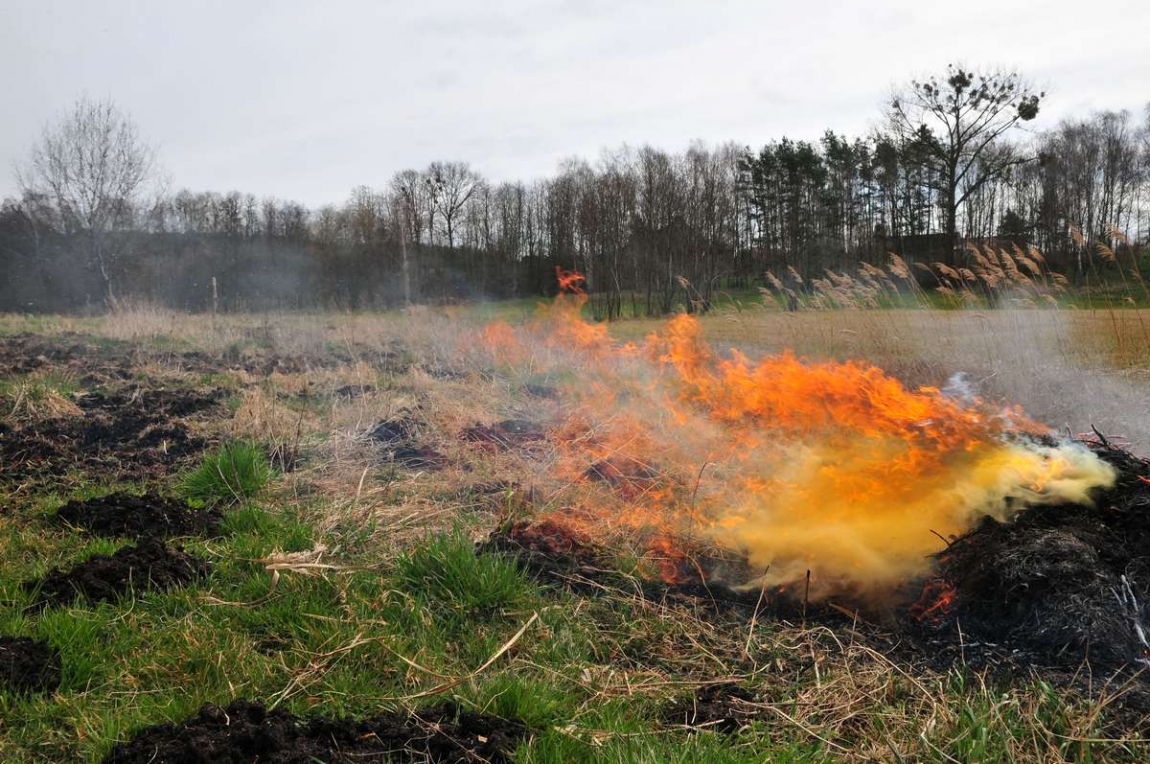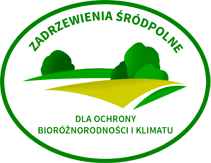Varroa destructor shows a clear sexual dimorphism and relatively large size of the body. Females reach 1.0-1.8 mm in length, have a chitinizedbody, flattened dorsal-ventral, and ellipse shape. Their color varies from light brown to reddish-brown. It has suction-stabbing type of mouthparts, which extract the hemolymph from the body bees (or larvae). Male are gray-white and the shape of their body is spherical with a diameter of approx. 1 mm. Males and developmental forms Varroa destructorare met only on brood under propolis or shortly after biting out the bee. The male is not able to feed on haemolymph of bees, and therefore only female mites are encountered on adult bees. Males never leave the comb cells, and they die after inseminating the female. On adult bees, females localize on the dorsal and lateral surface of the body at the junction of the head and the body, the body and the abdomen, on the body between the first two segments of the abdomen, more rarely on the limbs and base of the wings. They hibernate between segments of the bee abdomen, usually between tergitams on its side, becoming invisible. The life expectancy of the female Varroa destructor depends on the season. Females, which parasitize on the imago in the spring and summer, live 2-3 months, on hibernating bees until 6-8 months. Outside the body of the host, parasitediesafter 5 days, on the dead bees after 16-17 days, and on the brood combs after 40 days. Intensive food intake by parasites occurs in the spring, when in a bee colony appears brood. Female of Varroa destructor lays eggs depending on the state of its nutrition and the presence of brood. The breeding of the parasite favors the emergence of drone brood and parasite infestation of worker brood is reduced.
The spread of Varroasis between apiaries is affected by:
• beesfrom strong and healthyfamilies that attackpoor and sickfamilies,
• bees strayed between the hives,
• migrating dronesthatfly to other hives,
• infected migrating swarms,
• motherscontacting with drones during mating flights.
• beekeeper during the work, e.g. by transfering brood combs from infected to healthy families, throwing sweepings from bottom of hives on the apiary area, catching bee hives of unknown origin. It happens that beekeeper himself is the source of infection with parasites, which he moves on his hands or clothing.
• trading bee mothers and packages
Pestsof the bees andbeenests, e.g. wasps, which often robhoney frombeehives, also contributeto the spread ofthe parasite.
One of the primarytasks ofthe beekeeperis taking care ofhygieneand order inapiary areaand thefightingwith allpests.The lossescausedby theseparasites arehuge,both in terms ofindividualbeesand the entirefamily.
Ininfectedbeesit can be observed:
•weight loss of5-25%
•shorteningof lifeby4-68%.
Disturbanceisalsoseen in development of bees.
Frequent consequences ofpreying of V.destructoronbroodis:
•shortening ofthe abdomen,
•underdevelopment of thewings,
•dyingof the brood.
The development of mites on the brood causes disturbances in metamorphosis, gnawing bees exhibit significant developmental anomalies. Therefore, after a few days they are ejected from the hive of healthybees.
For the beekeeper,Varroasis in apiary can increase“osypzimowy” or “osypywanie”of whole families during winter, weak spring growth, low honey productivity, the spread of viral diseases. Flights of infected bees become "lazy" and work of the family becomes inefficient. Small palsy does not result in a significant weakening of the family and a significant decrease in its productivity. This lack of symptoms often decrease alertness of beekeepers who do not begin treatment of the family. The parasite population growth freely occurs. V. destructor females and their offspring dealsdamage to the grub. Until the family contains a lot brood varroasis symptoms are not visible. Later, the family weakens, which often ends up with dying out of the family or abandonment of the hive by bees.
Examination of the apiary for the presence of V. destructor in spring and at the end of the usefulness season consists of:
• reviewing of the brood, especially drones,
• watching ejectedthrough thehive exit brood and dead bees during the season
• watching mother and bees located on honeycombs
• randomly inspecting several cells with a drone brood.
Only early diagnosis of Varroasis, even before the clinical symptoms, may help to reduce the invasion of the parasite. Under suspicion of the development of Varroasis,the samples of “osyp” has to be collected and sent for laboratory. This is done before the first test flight or immediately after so that the bees do not manage to clean the bottom.
To fight with parasites, either chemical or biological methods are used. The best results are obtained with both methods used simultaneously. For example, removal of drone brood during the season contributes to more than a 60% reduction in parasite population in the hive. During the season it is permissible to also use organic acids, e.g. formic acid, butthere are opinions that it can have a negative effect on organisms of bees. The use of synthetic drugs is allowed only during non-usualness season, to prevent active compounds from penetrating the consumer honey.


